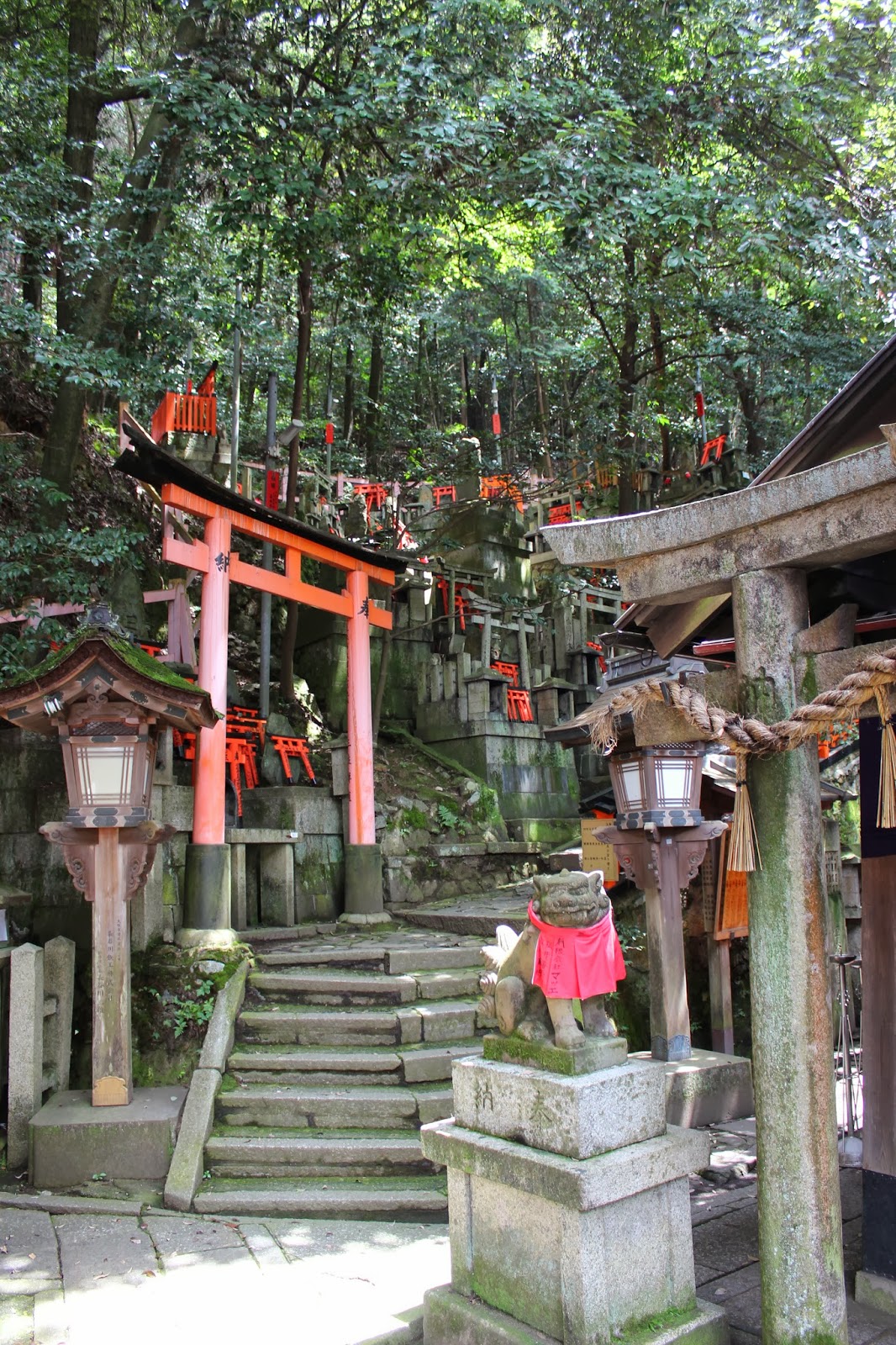Even though I am a little behind on the blog, I absolutely
love doing it. My blog is now reaching many people across the world that I have
never met. I have recently had a number of people email me, some to compliment
me on my art and others to ask questions about teaching in Japan. It’s a pleasure
to help people to hopefully achieve their dreams as I live mine. Today, I even received an email from a former
teacher of my school (she taught here about 10 years ago) who coincidently just stumbled across my blog, it was a
lovely thought of her to drop me an email.
It’s made me realise how much I regret not writing a blog/art for
my travels in South America and even just less adventurous times like
university and college. Although my most recent piece of art is not relevant to
Japan, I still wanted to share it with you all. It’s for a good friend I met
whilst in Peru, he commissioned a small piece of art for his home in Hawaii. Of
course I chose to paint the most iconic image of Peru, Machu Pichu. John, I know
you religiously read my blog so I hope you liked this one-off piece for you. You
never know one day it may be worth a penny of two (a girl can dream) so keep hold of it.
 |
| Machu Pichu - A painting for John a friend in Hawaii |
Back to Japan, and this blog is about the weirdest thing I
have done in Japan yet. When I thought about coming to Japan I was aware that I
would not be tucking into a delicious Sunday roast smothered in gravy for a
long while, but more like fish, more fish, rice and some more rice! What I didn’t
expect was one of Japans greatest dining specialities: themed restaurants.
In England, when you hear of themed restaurants, you will
probably think the likes of hardrock café and TGI Fridays, but Japan has this
and more. Look past the sushi and this is Japans second greatest dining speciality.
From medical prisons to maid cafes, opera houses to Disney restaurants, Tokyo
is exploding with quirky, bizarre, laughable dining experiences.
You can be served by ninjas or dine in an Alice and
Wonderland themed restaurant. But Ali opted for Alcatraz ER, a medical prison
themed restaurant. This is the granddad of all themed restaurants, the original,
the trend setter. I honestly couldn’t tell whether it was meant to be a prison,
a hospital, a medieval dungeon who knows! But it added to the eccentric appeal,
and accentuated the fact that Japan is crazy!!!
Upon arrival, you have to state your blood type to enter.
Once we confirmed our booking with a rather skankily dressed nurse she grabbed
Mary, put her in some sort of machine which categorised her as
unquestionably crazy, handcuffed her and led us to our cell! We were
already in fits of laughter. We were given our medication (nuts and rice crackers in a polystyrene cup), a menu to browse and instructed to bang on the cell bars
with a metal bar for service.
 |
| Our cell for the evening! |
 |
| Heads were often thrown into your cell or a container for a cocktail. |
You can order a range of dishes from penis sausage to titty
rice, dead chicken in a cage to blue curry, all of which arrive in metal
surgeon dishes used during operations. The drinks are also inaptly named; our choices
included pussy juice (which comes with a vibrator), sperm, beer which arrived
in a urine test bottle and a peach cocktail in a baby bottle.
Once you become as comfortable as you can be whilst sat in a
small cramped cell it got interesting. Suddenly, with no warning, the lights
went out, a loud siren started wailing, and the strobe lighting began. Then queue
the escaped psychopathic prison convicts, dressed in a variety of costumes including
clowns, shrieking and screaming whilst running around looking for a victim and
throwing plastics heads at you.
The most bizzare moment though happens at the end, the nurses and psychopaths all walk around with massive fake sundaes with Christmas lights and sparklers all over them, whilst a Disney sound track blares loudly. There is no explanation, this is Japan and this is a themed dining experience…
The most bizzare moment though happens at the end, the nurses and psychopaths all walk around with massive fake sundaes with Christmas lights and sparklers all over them, whilst a Disney sound track blares loudly. There is no explanation, this is Japan and this is a themed dining experience…
 |
| The break out! The majority of the "show" was in the dark so sorry for the poor photo quality! |
 |
| The cells! |
I have lots of experiences to blog, I am trying to catch up... promise! My life is just super exciting and jam packed right now!
Thanks for reading!
Marion
Marion










